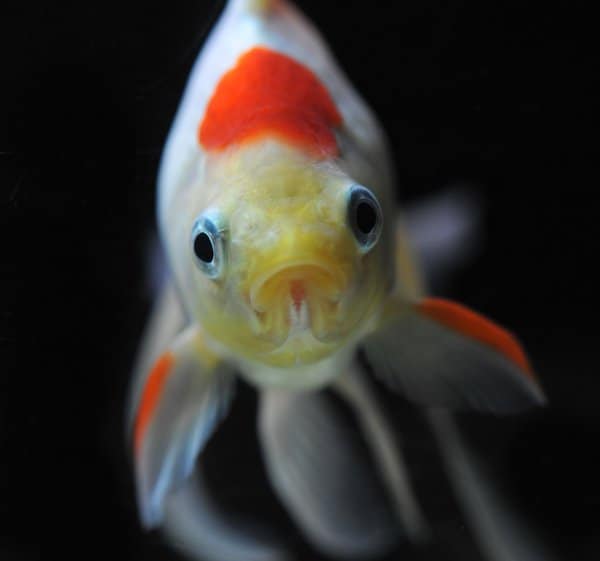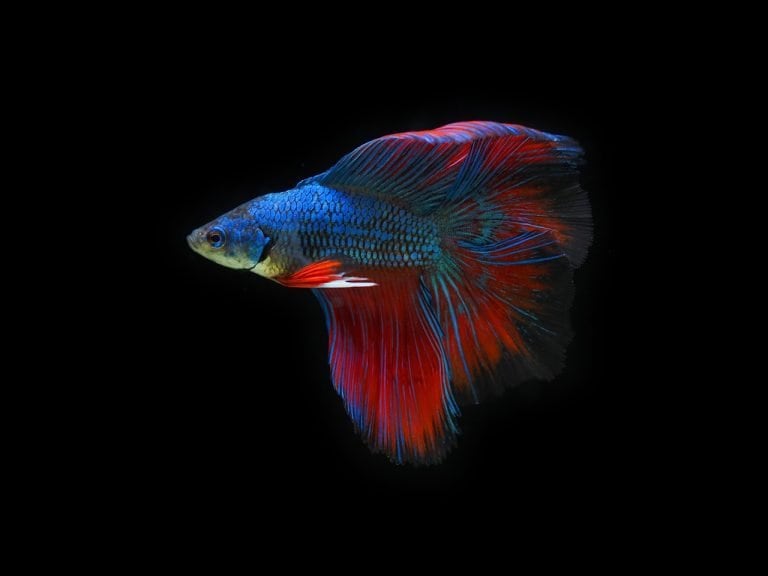Indubitably, as a responsible goldfish owner, it is essential that you are familiar with the symptoms of scale ich infection. This common parasitic disease affects goldfish worldwide, causing distress and potential harm to your cherished aquatic companions.
Recognizing and promptly addressing the signs of scale ich can make a significant difference in the health and well-being of your goldfish. In this informative blog post, we will empower you with valuable knowledge about the symptoms of scale ich infection, ensuring that you can take appropriate action and safeguard the lives of your beloved goldfish.
Key Takeaways:
- Scale Ich infection is a common disease in goldfish that can be easily identified by its symptoms.
- Early detection of Scale Ich symptoms is crucial to prevent the spread of the infection and ensure prompt treatment.
- Common symptoms of Scale Ich in goldfish include white spots on the scales, scratching against objects, and increased mucus production.
Symptoms of Scale Ich Infection in Goldfish
While goldfish are generally hardy and can endure a wide range of conditions, they are not immune to health issues. One common ailment that can affect your goldfish is Scale Ich, also known as Ichthyophthirius multifiliis. This parasitic infection manifests through noticeable symptoms on your goldfish’s scales, fins, and behavior. Identifying these symptoms early on can help you take prompt action and prevent further complications for your beloved pet.
Physical Signs
When it comes to Scale Ich infection in goldfish, there are several physical signs that you should be vigilant of. One of the primary indicators is the appearance of small white spots, resembling grains of salt, on your goldfish’s body, fins, and even gills. These spots are actually the parasites themselves, which attach to the fish’s skin and feed on its body fluids. As the infection progresses, you may also notice redness or inflammation around the affected areas.
Behavior Changes
Aside from the physical signs, you may also observe behavior changes in your goldfish if it becomes infected with Scale Ich. Infected fish often display increased scratching or rubbing against objects in the tank, as they try to alleviate the itching caused by the parasites. You may notice your goldfish swimming erratically or flashing its body against rocks or decorations in an attempt to dislodge the parasites. This constant agitation can lead to further damage to the scales and fins, making your goldfish more susceptible to secondary infections.
Furthermore, Scale Ich can also impact your goldfish’s appetite. Infected fish may experience a decrease in appetite and become lethargic. They may appear less interested in food and even lose weight over time. These behavioral changes should not be taken lightly, as a compromised immune system combined with the effects of Scale Ich can lead to more severe health issues for your goldfish if not treated promptly.
Understanding the Causes of Scale Ich Infection
Now that you are aware of the symptoms of scale ich infection in goldfish, it’s crucial to delve deeper into the underlying causes of this common ailment. By understanding the factors that contribute to scale ich infection, you can effectively prevent and treat it, ensuring the health and well-being of your goldfish.
Environmental Factors
When it comes to scale ich infection, several environmental factors play a significant role. By being aware of these factors, you can make informed decisions to create an optimal environment for your goldfish.
- Water Quality: Poor water quality is often a leading cause of scale ich infection. Ammonia and nitrate build-up, as well as inadequate filtration and circulation, can weaken your goldfish’s immune system, making them more susceptible to infections. Thus, maintaining clean and well-oxygenated water is vital to preventing scale ich.
- Temperature Fluctuations: Extreme temperature changes stress goldfish and compromise their immune system, making them vulnerable to scale ich infection. Ensure that the water temperature remains stable and suitable for your goldfish species.
- Crowded Conditions: Overcrowding your goldfish tank can create a breeding ground for diseases like scale ich. The stress and competition for resources increase the likelihood of infection spreading. Therefore, providing sufficient space for each goldfish is crucial.
- Presence of Parasites: Parasites, such as anchor worms or gill flukes, can weaken your goldfish’s immune system, making them more susceptible to scale ich infection. Regularly check for and treat any parasitic infestations.
Biological Aspects
In addition to environmental factors, understanding the biological aspects contributing to scale ich infection is paramount in its prevention and treatment.
Ichthyophthirius multifiliis: Commonly referred to as ich, this microscopic parasite is the primary cause of scale ich infection in goldfish. This parasite has a life cycle consisting of three stages: trophont, tomont, and theront. During the trophont stage, ich attaches to your goldfish, causing characteristic white spots on their scales. As it matures through the tomont and theront stages, it reproduces and spreads, exacerbating the infection and potentially leading to severe health issues if not addressed promptly.
Weak Immunological Defense: Goldfish, especially those bred in captivity, often have weaker immune systems compared to their wild counterparts. This reduced immunity makes them more prone to scale ich infection. Ensuring a balanced diet, regular exercise, and minimizing stressors can help strengthen your goldfish’s immune system, reducing the risk of infection.
By understanding the environmental and biological factors that contribute to scale ich infection in goldfish, you are equipped with the knowledge to take proactive measures. Maintaining a clean and suitable environment for your goldfish, while also bolstering their immune system, is key to keeping these beloved aquatic pets healthy and thriving.
Preventing and Treating Scale Ich Infection
While it’s important to be aware of the symptoms and causes of Scale Ich infection in your goldfish, it’s equally crucial to understand how to prevent and treat this condition. By taking proper care of your goldfish and seeking the right treatment options, you can effectively combat Scale Ich and ensure the health and well-being of your aquatic companions.
Proper Goldfish Care and Maintenance
When it comes to preventing Scale Ich infection, maintaining proper care and hygiene for your goldfish is paramount. Paying attention to certain aspects of their environment and routine can significantly minimize the risk of this infection.
Regular water changes: Ensure you perform regular partial water changes, replacing about 25% of the water every week, to maintain quality and remove any potential pathogens.
Maintaining appropriate water parameters: Keep a close eye on the water temperature, pH levels, and ammonia content in your fish tank. Goldfish thrive in a temperature range of 65-75°F (18-24°C) and a pH level between 7.2 and 7.6. Ammonia levels should always remain at zero.
Avoid overcrowding: Providing ample space for your goldfish is vital. Overcrowding can lead to heightened stress levels and weakened immune systems, making them more susceptible to infections such as Scale Ich.
Optimal nutrition: Feed your goldfish a balanced and varied diet consisting of high-quality flakes, pellets, and occasional fresh vegetables. Ensuring they receive adequate nutrition enhances their overall immune response and resilience.
Treatment Options
If your goldfish unfortunately develops a Scale Ich infection, swift action can minimize any potential harm. Here are some treatment options to consider:
Medication: Various medications specifically designed for treating Scale Ich are available in the market. Choose a reputable brand and carefully follow the instructions provided. Be sure to remove any activated carbon from your tank before starting the treatment, as it can render medications ineffective.
Salt bath: A salt bath can serve as a natural remedy for mild cases of Scale Ich. Prepare a separate tank with de-chlorinated water and add aquarium salt in the prescribed concentration. Transfer the infected goldfish to the salt bath for a few minutes, ensuring they do not get stressed. Repeat this process daily until the symptoms subside.
Quarantine: If you have multiple goldfish in your tank and one of them shows signs of Scale Ich, promptly isolate the infected fish in a separate quarantine tank. This prevents the infection from spreading to others and also allows you to provide targeted treatment to the affected fish.
By following these preventative measures and exploring appropriate treatment options, you can effectively address Scale Ich infections in your goldfish. Always remember to consult with a qualified aquatic veterinarian for specific advice and guidance tailored to your goldfish’s unique needs.
Conclusion
Now that you are aware of the symptoms of scale ich infection in goldfish, you can monitor the health of your beloved pet more effectively. Remember that early detection is crucial in treating this condition and preventing it from spreading to other fish in the tank. Regularly examining your fish for signs of white spots, redness, or behavioral changes will help ensure their well-being. If you notice any of these symptoms, take immediate action by providing appropriate treatment or consulting with a veterinarian. By staying vigilant and proactive, you can help keep your goldfish happy and healthy.





